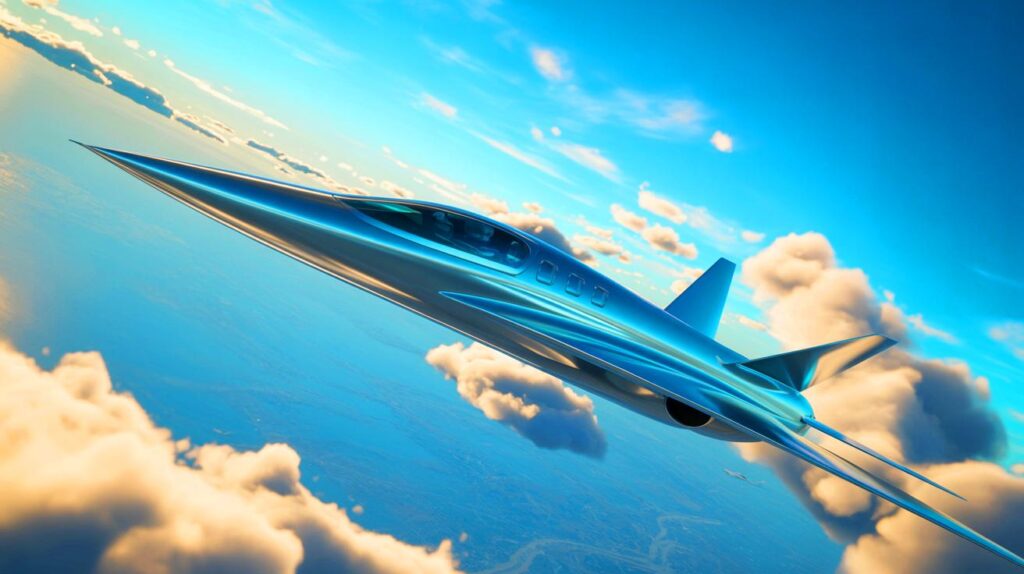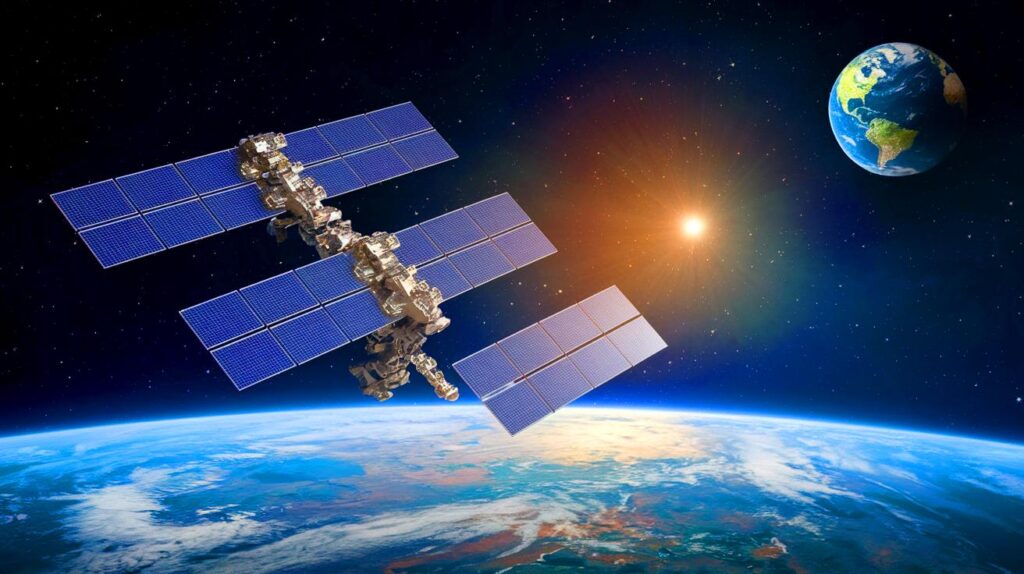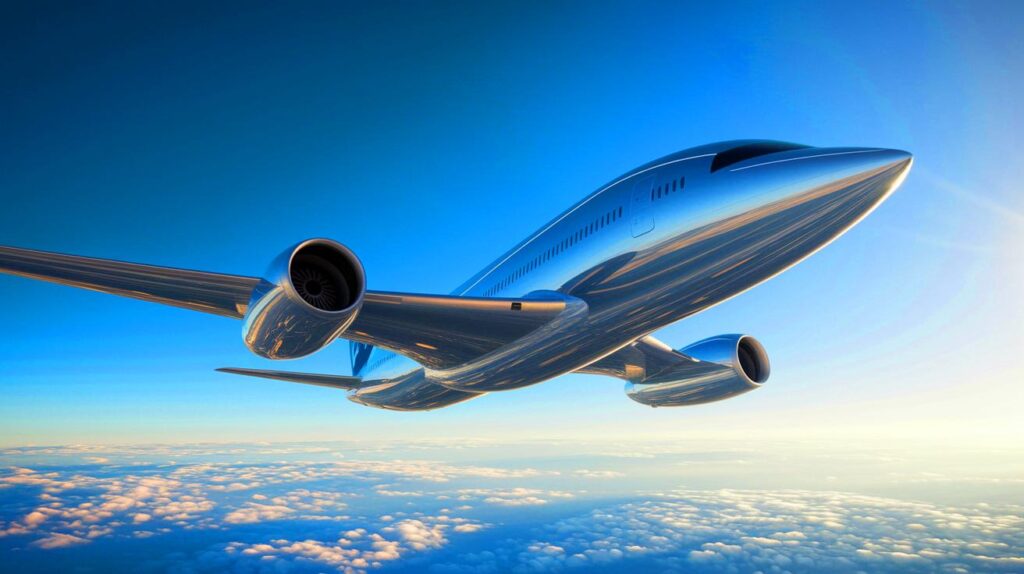| In Brief |
|
A Chinese company has recently made headlines in the aviation industry by announcing the successful test flight of a prototype commercial aircraft capable of flying at Mach 4, which is twice the speed of the Concorde. This advancement could revolutionize air travel, significantly reducing travel times between distant cities. While the Concorde was a pioneer in its time, this new aircraft could redefine speed standards in civil aviation.
A Promising Test Flight
The prototype, named Yunxing, was developed by Space Transportation, a Beijing-based company. Upon announcing the success of the test flight, the company highlighted this achievement as a crucial milestone in the ambitious development of this project. This test is merely a first step, with further assessments of the engine technology scheduled for November. Such evaluations are essential to ensure the aircraft’s safety and optimize its performance.
Space Transportation, also known as Lingkong Tianxing Technology, aims to launch a full-sized supersonic airplane for its inaugural flight in 2027. This goal underscores the company’s determination to be at the forefront of aerospace innovation. The success of this project could transform the landscape of international air travel, offering unprecedented flight times.
A Technological Leap in Civil Aviation
One of the most impressive promises of this aircraft is its capacity to transport passengers from Beijing to New York in just two hours. To give context, the Concorde, the last supersonic civil aircraft, took around three and a half hours for a transatlantic flight. In comparison, Space Transportation’s new airplane would cruise at a speed more than four times faster than sound.
This technological progress is made possible through innovations in materials, aerodynamics, and propulsion. The engineers at Space Transportation are diligently working to ensure that every aspect of this new generation of aircraft meets safety and energy efficiency standards. This plane could very well be the precursor to a new era of air travel, reducing distances and connecting continents.
The Concorde: An Legacy to Surpass
The Concorde, developed jointly by French and British aerospace companies, revolutionized air transport when it entered service in 1976. Capable of flying at Mach 2, it became a symbol of aerospace innovation until its retirement in 2003. Nevertheless, high operating costs and environmental concerns limited its long-term viability.
With Space Transportation’s airplane, lessons learned from the Concorde are being applied to improve efficiency and reduce environmental impact. Advancements in material and engine technology provide new opportunities to address the challenges faced by the Concorde. This could allow a new era of supersonic aircraft to take flight, offering faster and more sustainable flights.
The Future of Supersonic Travel
Space Transportation is not alone in this race for supersonic aircraft. Other companies worldwide are also exploring this technology, looking to redefine our travel experiences. However, Space Transportation’s unique approach, combined with its ambition to significantly reduce travel times, places it at the forefront of this innovation.
As the company progresses toward its 2027 goal, questions remain about the potential impact on the global aerospace industry. How will this aircraft influence safety standards, aviation regulations, and public perception of fast air travel? These developments promise to transform not only speed but also the experience of air travel itself.
With these advancements, the question arises: are we ready for a new era of supersonic air travel, and what challenges must be addressed for this vision to become a reality?







